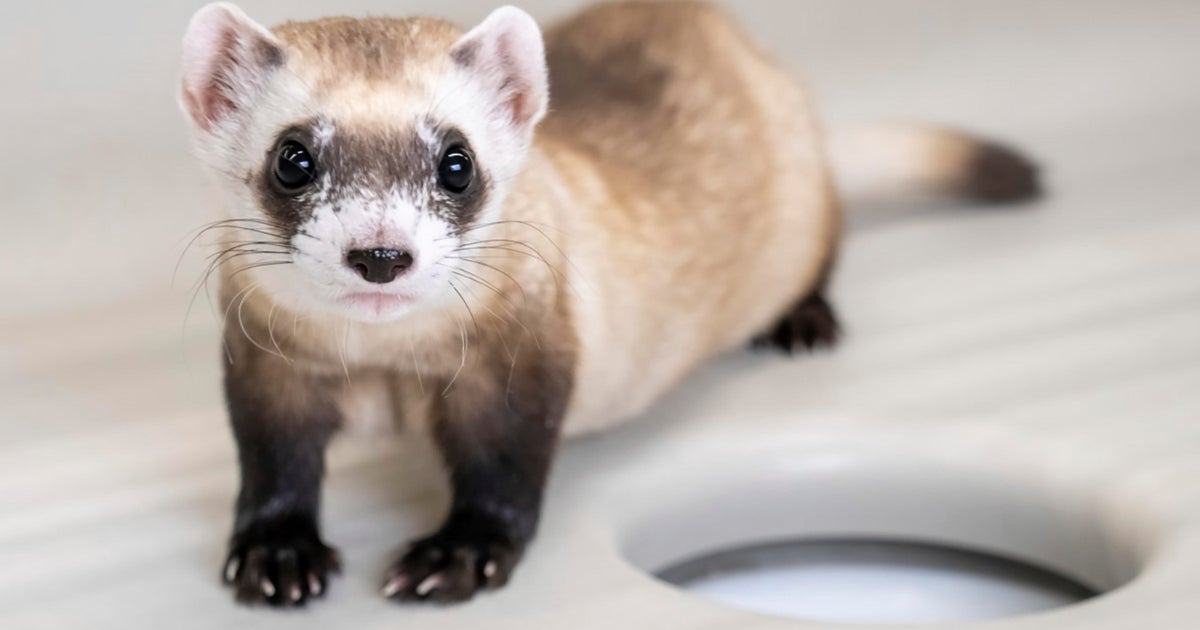NASA's Webb space telescope achieves near-perfect focus, whetting appetites for discoveries to come
After weeks of microscopic adjustments, NASA unveiled the first fully focused image from the James Webb Space Telescope Wednesday, a razor-sharp engineering photo of a nondescript star in a field of more distant galaxies that shows the observatory's optical system is working in near-flawless fashion.
The goal was to demonstrate Webb can now bring starlight to a near-perfect focus, proving the $10 billion telescope doesn't suffer from any subtle optical defects like the aberration that initially hobbled the Hubble Space Telescope. The galaxies in the image were a bonus, whetting astronomers' appetites for discoveries to come.
"This is one of the most magnificent days in my whole career at NASA, frankly, and for many of us astronomers, one of the most important days that we've had," said NASA science chief Thomas Zurbuchen. "Today we can announce that the optics will perform to specifications or even better. It's an amazing achievement."
Engineers and scientists still must calibrate Webb's science instruments and make iterative adjustments to ensure they all receive perfectly focused light, but astronomers now know the telescope, the most complex — and expensive — science spacecraft ever built, will almost certainly work as advertised.
"I'm happy to say that the optical performance of the telescope is absolutely phenomenal, it is really working extremely well," Lee Feinberg, Webb optical telescope element manager at the Goddard Space Flight Center, told reporters.
"We said last fall that we would know that the telescope is working properly when we have an image of a star that looks like a star. And now we have that, and you're seeing that image."
The star in question, one of several used in the alignment process, is known as 2MASS J17554042+6551277. It was imaged in a 2,100-second exposure at the end of a long process to precisely align the 18 segments making up Webb's 21.3-foot-wide primary mirror.
Marshall Perrin, Webb deputy telescope scientist at the Space Telescope Science Institute in Baltimore, said the star selected for the image was a "pretty much generic, anonymous star in the sky that worked well for the kind of sensing measurements we needed to do."
"It's about 100 times fainter than the human eye could see," he added, giving viewers "a sense of how sensitive the telescope is."
The "rays" extending from the star were caused by the hexagonal shape of Webb's primary mirror segments and so-called diffraction spikes, the result of light bending around the three struts holding the telescope's secondary mirror in place.
Such artifacts are normal with large telescopes and bright, relatively nearby stars. But they do not form around the dimmer stars and galaxies Webb was designed to study.
In any case, the mirror segments were initially aligned to within about a millimeter of each other. To align them so all 18 act together as a single mirror, "they need to be lined up to within a few nanometers (billionths of a meter) one another, it's a few hundred atomic diameters, the level of precision that we need here," said Perrin.
Using seven actuators on the back of each mirror segment — six to control tip and tilt and one to push or pull on the center of a segment, if required, to slightly change its shape — the 18 initially separate reflections of an alignment star were brought to a single point. One of Webb's instruments, the Near Infrared Camera, or NIRCam, was used to map out the reflections.
"We have now finished the fourth and fifth phases of the telescope alignment, we call those phases course phasing and fine phasing," Feinberg said. "And that's where we've made the primary mirror, all 18 mirror segments, (act as) a single primary mirror."
Perrin said the biggest surprise since Webb's launch was "just how closely it matched the models and predictions from the ground."
"It has been far closer to those predictions than then a lot of us had dared to hope," he said. "And we now have achieved what's called diffraction-limited alignment of the telescope, the images are focused together as finely as the laws of physics allow. This is as sharp an image as you can get from a telescope of this size."
Jane Rigby, the Webb operations project scientist at Goddard, agreed, saying "the telescope performance so far is everything that we dared hope."
"The goal here was to build a telescope 100 times more powerful than anything we've had before," she said. "From the early engineering data that we have seen so far, we know that we're on track to meet those very demanding science requirements."
Scientists and engineers now must calibrate Webb's other science instruments and make the tiny adjustments necessary to ensure perfectly focused light reaches each one. Rigby said based on results to date, the end of the commissioning phase and the transition to science observations remains on track for the late June-July timeframe.






